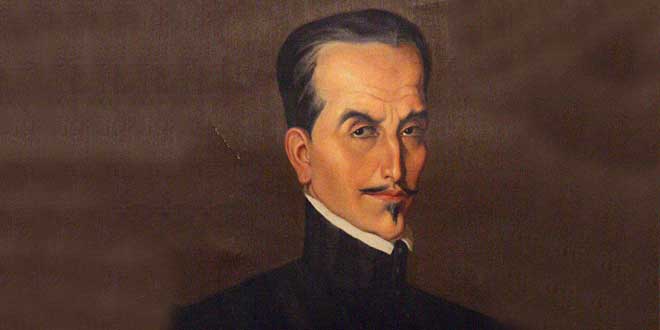The Multiple Spanishes of Cusco

Cusco embraces stupendous linguistic complexity. The street vendors may speak to you in English or Japanese depending on how they see you, yet this tourist-driven variety, comprises only a part of the diversity of language in the Imperial City.
As a symbol of self, pride and identity, Cusco celebrates Quechua, an indigenous language that has been spoken here since Inca times, even though the young people of the city often resist it in favor of Spanish. But the Spanish of Cusco is not a single thing.
Spanish in Cusco is like a q’ipi with many designs on its cloth and a whole world inside.
Think of the women who sit on Arequipa street, corner of Maruri, a block from the Plaza de Armas and sell from their colorful q’ipis rocoto peppers that have been stuffed with a minced beef and vegetables, before being dipped in an egg batter to create a poncho around the peppers. To keep them warm, the stuffed and fried peppers are wrapped in ample butcher paper before being placed in a queperina, a carrying cloth where you will find them and can enjoy them.
This is the Spanish of Cusco. I sounds like a single thing, yet that name is the brightly colorful cloth that carries variety inside variety, and all wrapped in butcher paper.


Spanish has been spoken in the city of Cusco since the 1530s when the Invaders from Iberia came. They did not bring a single Spanish either, but a whole variety of related languages that were under the Spanish crown. The young Garcilaso Inca de la Vega, known at the time as Gómez Suárez de Figueroa, was born in 1539 and grew up speaking both Quechua and Spanish and, in his writings he referenced other indigenous languages spoken in Cusco.
From this variety, over centuries, a community of Speakers speakers has grown up. It has always been part of a community of Quechua speakers and has also been tied to the distinctive Spanishes of the Peruvian coast and those of the Iberian Peninsula. This makes for amazing complexity.
Not surprisingly, one hears in older Cusqueños from the upper and middle upper classes a distinctive voice as well as pronunciation, vocabulary, and grammar. Related to the Spanishes of La Paz and other highland cities with which the elites maintained a back and forth, this type is still found in Cusco although in my ear it seems to be declining in the face of other forms, such as the Spanish in Cusco increasingly influenced by the coast and its tightly rolled “r” as well as its saying “ye” for the double “ll” as well as its simplification of Quechua words such as t’ìka or t’io that now become tika and tio. Nevertheless, Cusco’s Spanish remains distinctive.
With immigration from the bilingual and monolingual Quechua-speaking countryside, another kind of Spanish has grown in the city, one which is characterized by grammatical, phonological, and lexical influence of Quechua. This Spanish is as old as Cusco. Immigrants learn it as a kind of Spanish most related to their native Quechua, but you do not have to know Quechua to speak this language.
I would call this latter Español Andino, Andean Spanish but that term, unfortunately, has been widely used to refer to the whole variety of Spanishes of the Peruvian highlands,which have much regional diversity as well as changes in social groups, such as among different social classes. As a result, I would probably call this a form of Español Cholo, while the first, the Spanish of the elites which also is a form of español andino, I would call Español Criollo, after the social group that most speaks it, those who claim origin in Spaniards born in the new world.
The other, increasingly common form, I would call some kind of español cusqueño actual, contemporary Cusco Spanish, even though within it you find considerable variety.
If you are visiting the City of Cusco, listen to the diverse ways in which people speak Spanish. I have grouped them into three but the variety is much greater.




